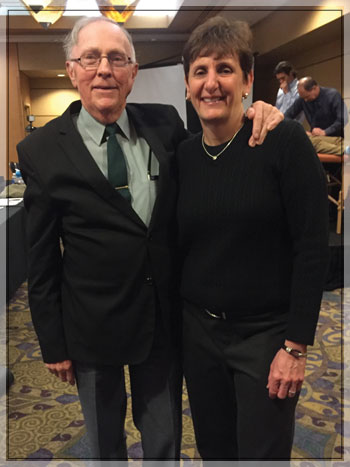
The Mulligan Concept is a specialization of traditional manual therapy techniques, named after its creator Brian Mulligan. Manual therapy techniques, in which your hands are placed directly on the patient, are a popular approach for physical therapists to treat musculoskeletal pain, but Mulligan’s theoretical model is unique.
Since the 1970s, Brian has been promoting Mobilization with Movement (MWM), manual intervention on a joint while the patient moves in the direction of his or her pain. The overall goal of treatment is to reduce pain while increasing the patient’s range of motion, using gentle, hands-on techniques.
Julie Paolino of Integrated Rehabilitation is one of only 54 certified teachers in the world. Although other physical therapy practices may offer Mulligan manual therapy, Julie explains that the extensive training and testing involved to become officially certified is one of the reasons why there are so few teachers in the world.
In the mid-1990s, Julie was approached by Brian Mulligan at a physical therapy conference and asked to join his accreditation program. Upon her acceptance and eventual certification, Julie became the first woman in North America to become certified to teach the Mulligan techniques. Since then, she has taught over 100 courses alongside her mentor and this December, will travel to New Zealand to teach the Mulligan Concept.
Julie and many of the other Integrated physical therapists who have become Certified Mulligan Practitioners enjoy introducing patients to the Mulligan techniques after evaluating their limitations from injuries and their medical history. Mulligan techniques are generally risk free, as the they either tend to work the first time or not at all. Any patient with restricted motion caused by an orthopedic or joint issue can benefit from Mulligan techniques, whether the pain is the result of a sports or non-sports related injury, traumatic or non-traumatic. This can include arthritis, post-spinal surgery pain, headaches and dizziness.
In addition to being a great tool to treat an array of injuries in our clinics, another benefit of the Mulligan techniques is the ability to show patients how they can perform the techniques on themselves at home to prevent future flare-ups.
About her acclaimed teacher Brian Mulligan, Julie says, “There have been many leaders in manual therapy techniques that have left a legacy and he’s going to be one of them.”

